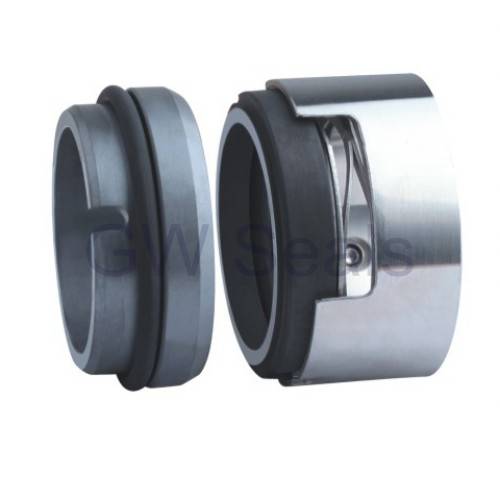The mechanical seal has good sealing performance, stable performance, low leakage, low frictional power consumption, long service life, small shaft wear, and can meet the requirements of various working conditions. It has been widely used in chemical, petrochemical and other sectors, but its The structure is complex, the manufacturing precision is high, the price is more expensive, and the maintenance is inconvenient.

Definition and working principle of mechanical seal Mechanical seal is also known as end face seal. It has at least one pair of end faces perpendicular to the axis of rotation. The end face is maintained with the other end face under the action of fluid pressure and compensating mechanical external elastic force, together with the auxiliary seal. They are stuck together and slide relative to each other to prevent fluid leakage. Due to the close fit of the two sealing end faces, a tiny gap is formed at the junction between the sealing end faces. When the pressurized medium passes through this gap, a very thin liquid magic is formed, which causes resistance, prevents the medium from leaking, and enables the end faces to be lubricated. , Thus obtaining long-term sealing effect.
The composition of the mechanical seal and the role of each part The mechanical seal is mainly composed of the following four parts: 1) A pair of sealing end faces composed of a stationary ring and a rotating ring. The two faces are usually grinding faces, sometimes called friction pairs. 2) Compensation buffer mechanism based on elastic elements. 3) Auxiliary sealing ring. 4) A transmission mechanism that rotates the rotating surface and the shaft together.
Post time: Mar-06-2021
